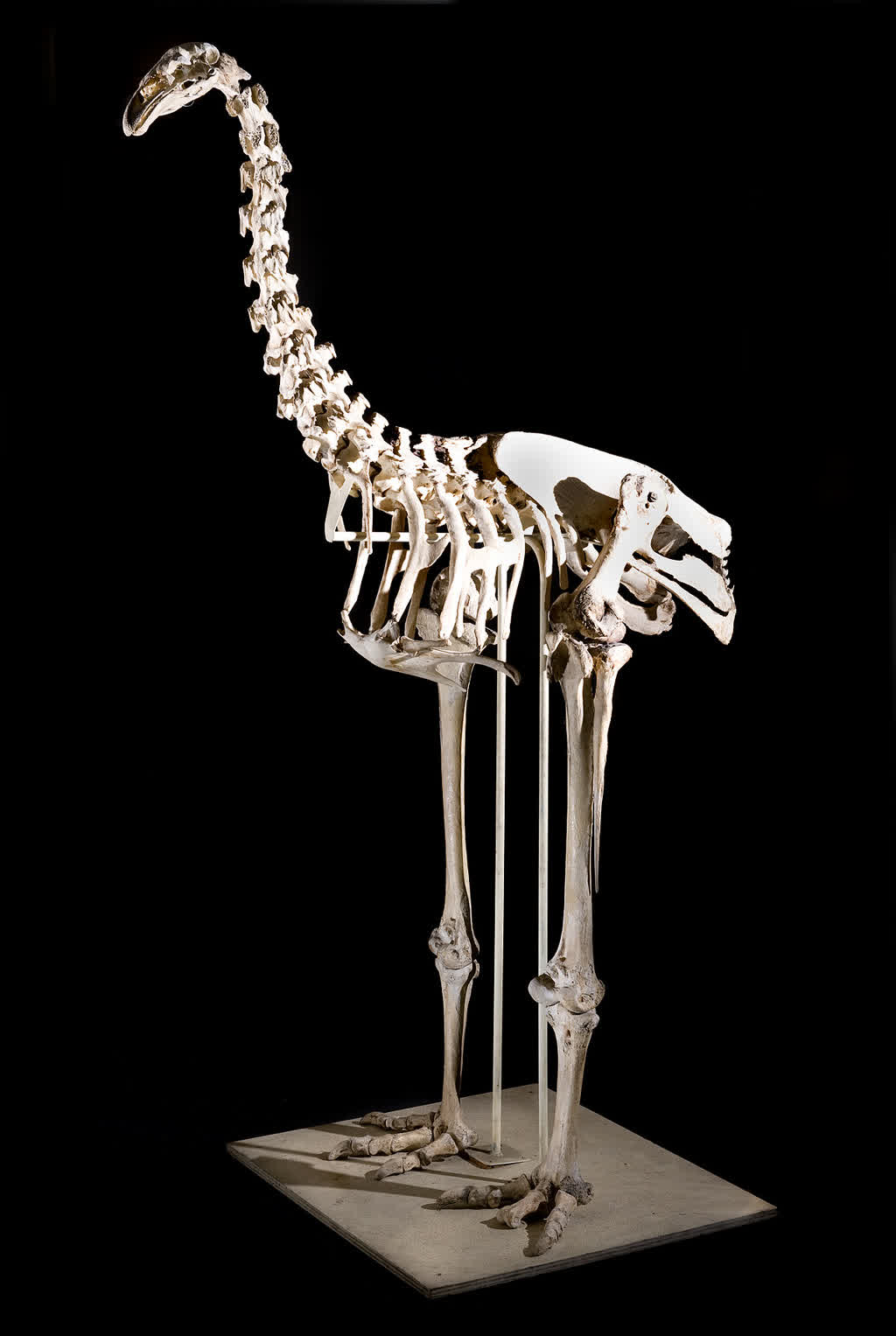Peter Jackson, the renowned New Zealand director famous for his work on the Lord of the Rings series, is embarking on a groundbreaking project to resurrect the South Island Giant Moa, an extinct flightless bird that vanished around 600 years ago. This initiative is a collaboration with Colossal Biosciences, a Texas-based genetic engineering company known for its efforts in de-extinction, including the controversial revival of the dire wolf.
The South Island Giant Moa was an enormous bird, standing up to 3.6 meters tall and weighing approximately 230 kilograms. It was one of nine species of moa that once roamed New Zealand, ranging from turkey-sized birds to this giant species. The project aims to sequence and rebuild the genomes of all nine moa species, with a focus on the largest, the South Island Giant Moa.
Colossal Biosciences is working closely with the Ngāi Tahu Research Centre, which supports ecological restoration and conservation efforts in New Zealand’s South Island. The process involves recovering ancient DNA, genomic analysis, gene identification, and the development of reproductive technologies to bring the moa back to life.
Peter Jackson has personally invested in the project and is actively involved in gathering moa bones to improve the genetic database. He hopes that this endeavor will inspire young New Zealanders to pursue careers in science and conservation.
The project not only holds scientific significance but also cultural importance, as the moa played a vital role in Maori history and ecology. The collaboration with the Ngāi Tahu tribe ensures that the resurrection respects and honors this heritage.
This ambitious de-extinction effort reflects a blend of cutting-edge science and deep cultural connection, promising to captivate imaginations worldwide much like the Jurassic Park franchise. The revival of the moa could become a symbol of hope for endangered species and a testament to human ingenuity in conservation.




